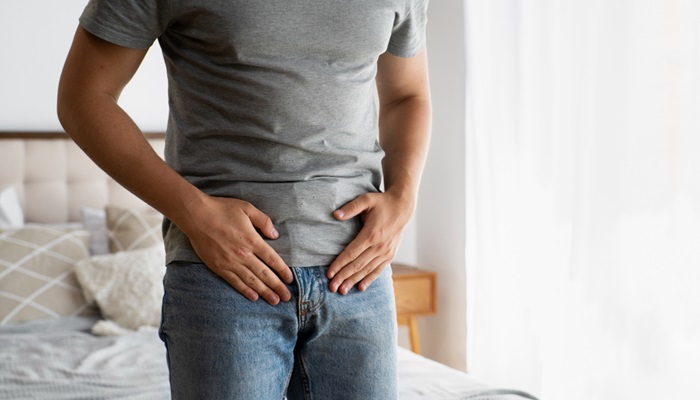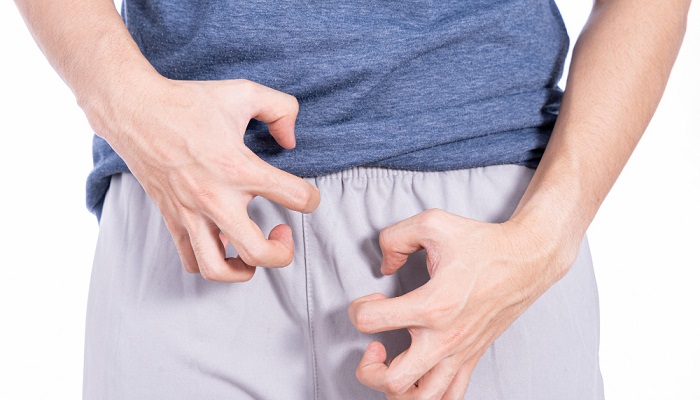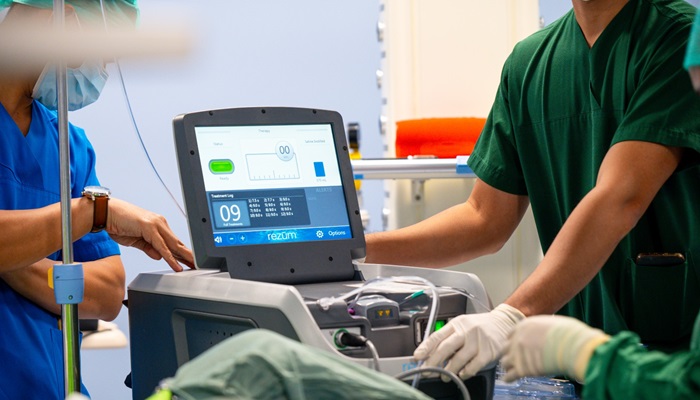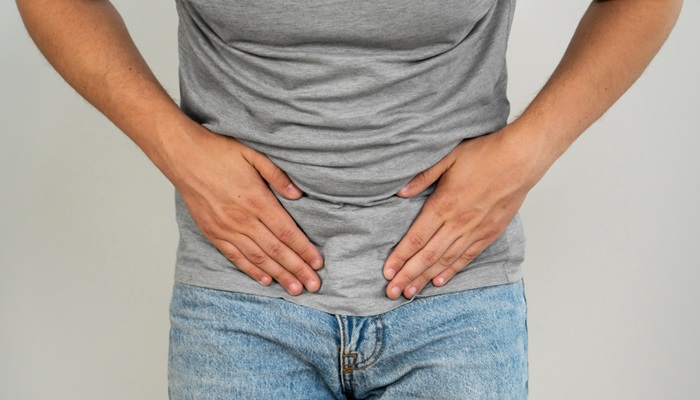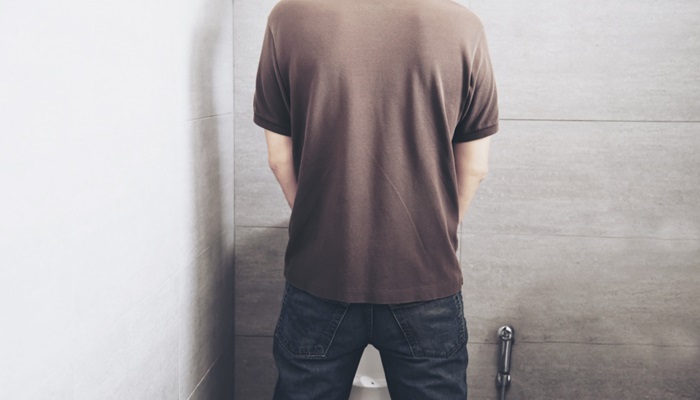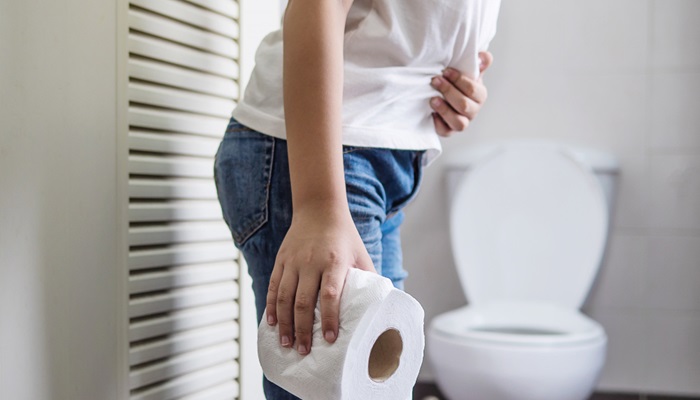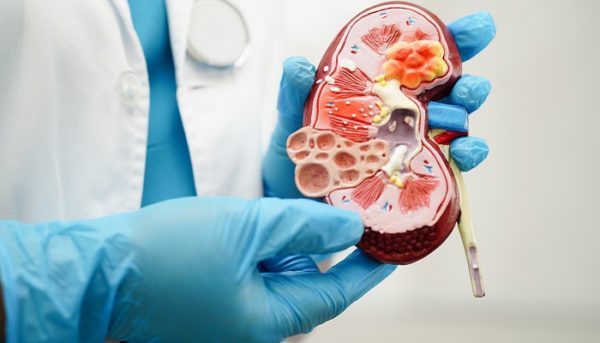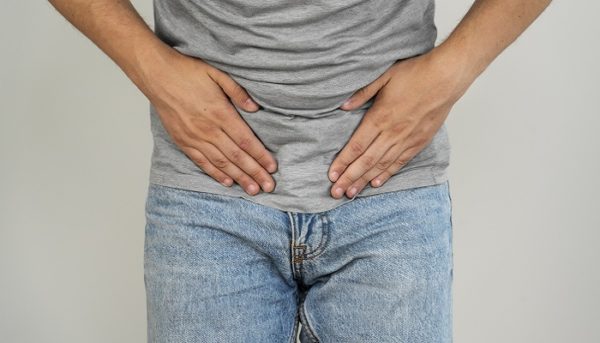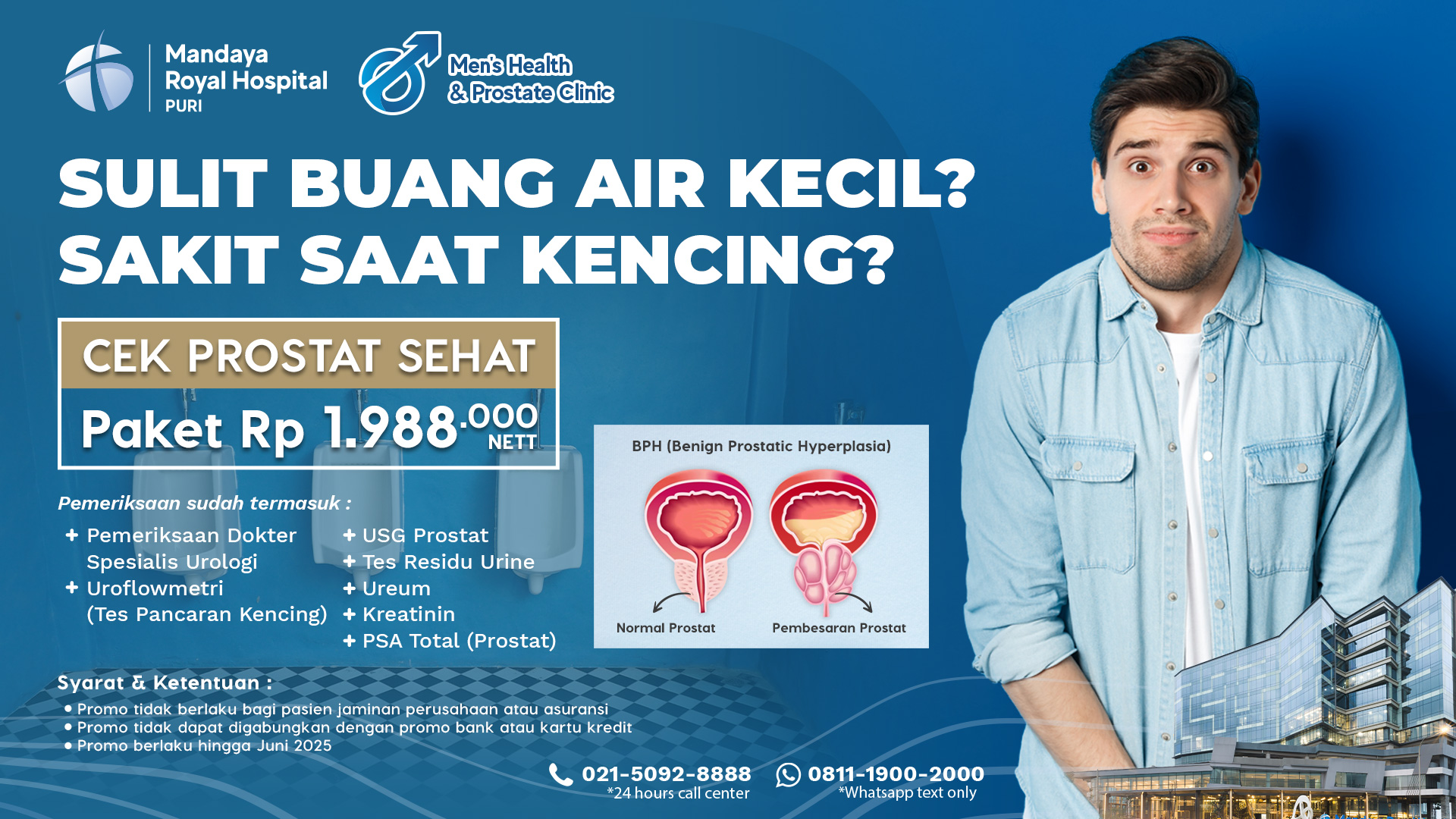Contents
What is Urinary Incontinence?
Urinary incontinence is a condition characterized by a loss of bladder control, causing frequent urination accidents. The severity of this condition varies, ranging from minor leaks when coughing or sneezing to sudden, intense urges to urinate that make it difficult to reach the toilet in time.
Symptoms of Urinary Incontinence
The main symptom of urinary incontinence is involuntary urine leakage. When and how this occurs depends on the type of incontinence:
- Stress Incontinence: Urine leaks when pressure is applied to the bladder due to coughing, sneezing, laughing, exercising, or lifting heavy objects.
- Urge Incontinence: A sudden, intense need to urinate is followed by involuntary urine leakage. This may lead to frequent urination, including at night.
- Overflow Incontinence: Frequent dribbling of urine occurs because the bladder does not empty completely after urination.
- Functional Incontinence: Physical or mental impairments prevent a person from reaching the toilet in time. For instance, severe arthritis may make it difficult to unbutton pants quickly enough.
- Mixed Incontinence: This occurs when a person experiences more than one type of incontinence, commonly a combination of stress and urge incontinence.
Causes of Urinary Incontinence
The causes of urinary incontinence vary depending on the type. Here are some explanations:
- Stress Incontinence: Usually caused by weakened or damaged muscles that prevent urination, such as the pelvic floor muscles and urethral sphincter.
- Urge Incontinence: Often due to overactivity of the detrusor muscle, which controls the bladder.
- Overflow Incontinence: Frequently triggered by a bladder blockage that prevents complete emptying.
- Total Incontinence: Can be caused by congenital bladder issues, spinal cord injuries, or the formation of a small tunnel-like opening between the bladder and a nearby area (fistula).
Several factors may increase the risk of developing urinary incontinence, including:
- Pregnancy and vaginal childbirth
- Obesity (excess weight)
- Family history of incontinence
- Aging
Diagnosis of Urinary Incontinence
Several methods are used to diagnose urinary incontinence:
- Bladder diary: Patients record their fluid intake, urination frequency, urine volume, and incidents of incontinence.
- Physical examination: Doctors may check the vagina and assess pelvic floor muscle strength. For men, a rectal exam can help determine if the prostate gland is enlarged.
- Urinalysis: This test detects signs of infection or abnormalities.
- Blood test: Can be conducted to evaluate kidney function.
- Postvoid residual (PVR) test: Measures the amount of urine left in the bladder after urination.
- Pelvic ultrasound: Provides images to help detect any issues.
- Stress test: The patient applies sudden pressure to the bladder while the doctor checks for urine leakage.
- Urodynamic testing: Determines how much pressure the bladder and urethral sphincter can withstand.
- Cystogram: An X-ray procedure that provides images of the bladder.
- Cystoscopy: A thin tube with a lens is inserted into the urethra, allowing the doctor to identify any urinary tract abnormalities.
Treatment for Urinary Incontinence
Initially, doctors may recommend simple interventions to help relieve symptoms, such as:
-
Lifestyle Changes
Lifestyle modifications, such as weight loss and reducing caffeine and alcohol intake, can be advised for incontinence related to unhealthy habits.
-
Regular Exercise
Routine exercises, including pelvic floor and bladder training, can help reduce the risk of urinary leakage. Pelvic floor exercises strengthen the muscles, while bladder training teaches individuals to wait longer between the urge to urinate and actual urination.
-
Artificial Urinary Sphincter Implantation
If other methods fail to provide positive results, doctors may recommend an artificial urinary sphincter (AUS). This adjustable device helps restore natural urinary control by simulating the function of a normal sphincter, opening and closing the urethra at the patient’s discretion.
This device is primarily indicated for treating stress incontinence in men due to intrinsic sphincter deficiency, such as post-prostatectomy incontinence. The AUS is placed around the penis to close the urethra when not urinating, preventing leaks and accidental urination.
If you suffer from urinary incontinence and are interested in trying an artificial urinary sphincter, visit Mandaya Royal Hospital Puri for a consultation and installation. Our hospital also has a Urology Center equipped with modern and advanced technology to treat conditions like urinary incontinence.
Use our WhatsApp Chat feature, Book Appointment, or the Care Dokter app (available on Google Play and App Store) to facilitate visits, check queue numbers, and access complete information.

